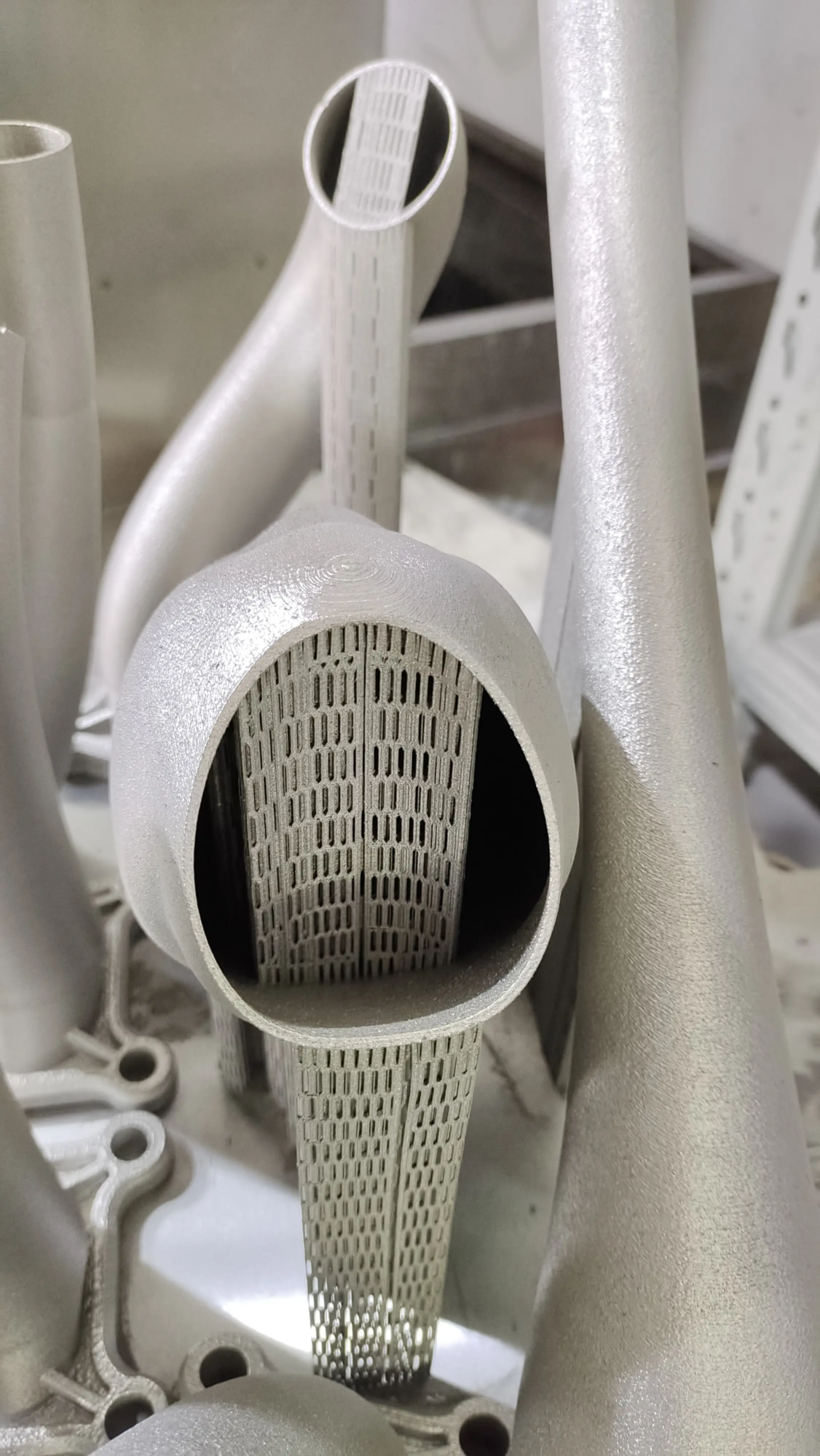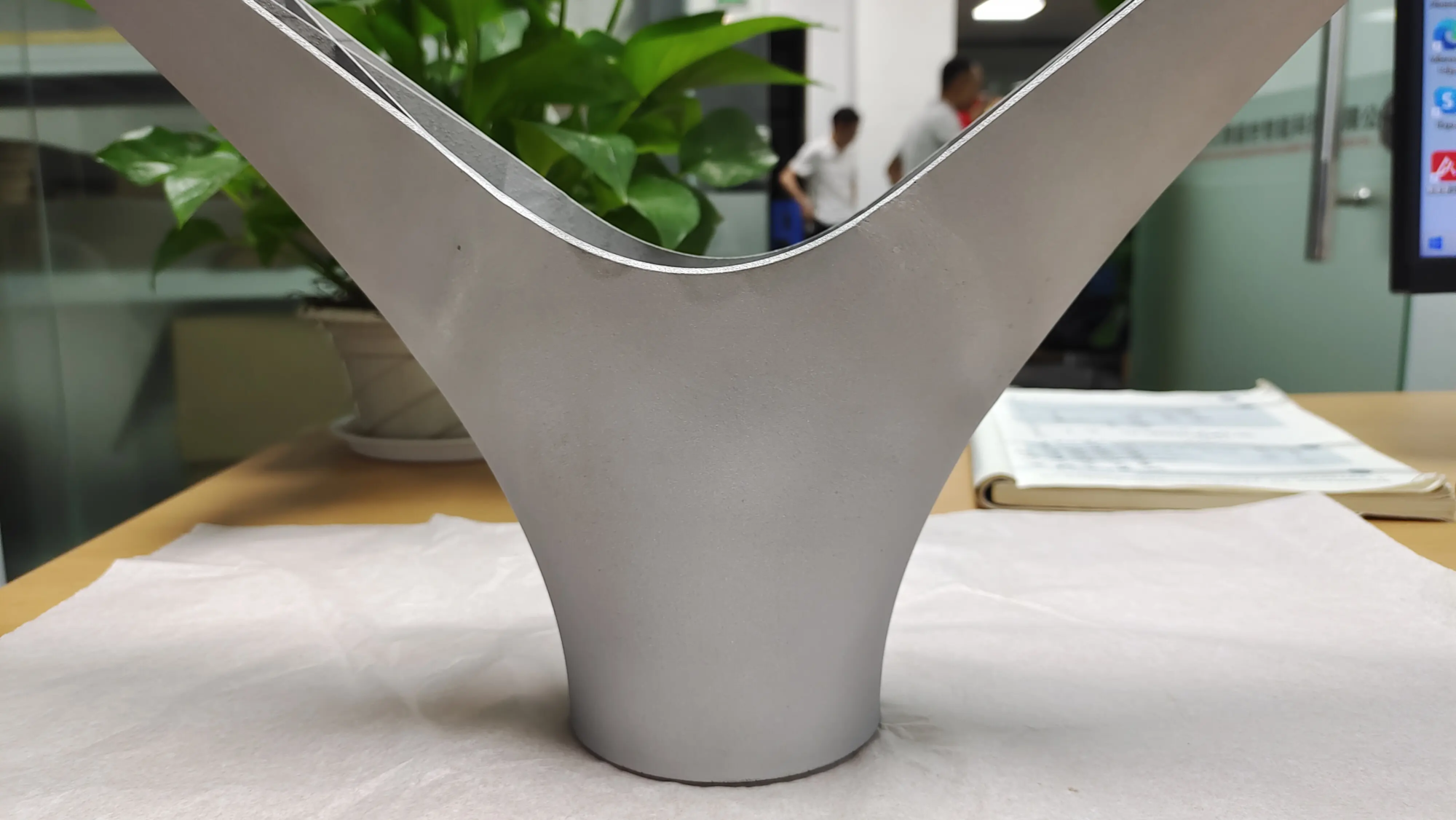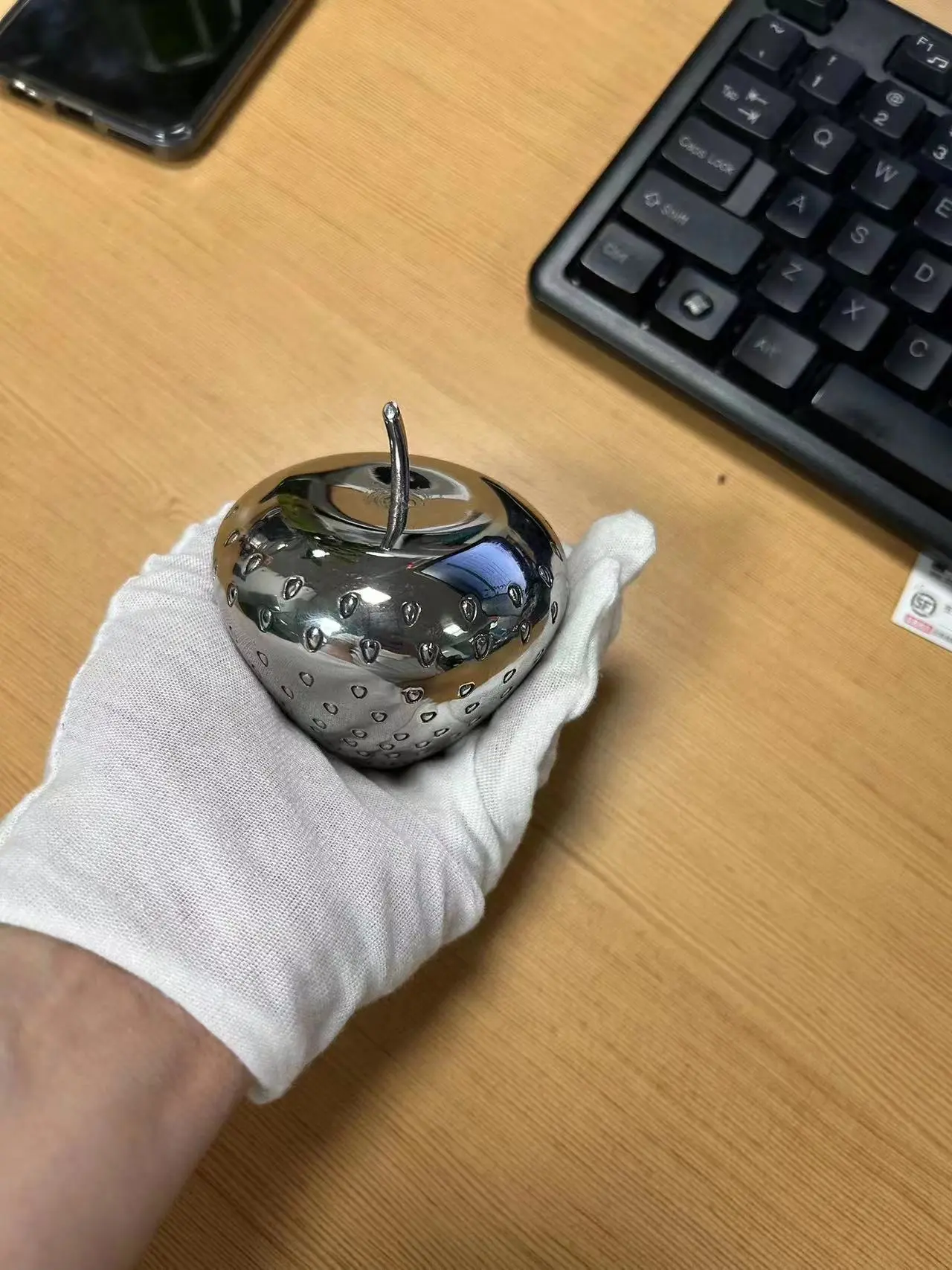Revolution in Movement: Mastering Beveled Gears with 3D Printing
Bevel gears (those clever conical forming parts that transfer power and motion between intersecting shafts – are the fundamental workhorse of countless mechanisms. From automotive differentials and drone rotors to power tools and sophisticated robotics, their unique ability to change the rotating shaft makes them essential. Traditionally, manufacturing precise bevel gears, especially for required prototypes or small batch applications, presents significant challenges in cost, delivery time and machining limitations. Enter. 3D printing (additive manufacturing)change how engineers use bevel gear design and prototyping. This guide delves into the way, why and when 3D printed bevel gears, thus enhancing the breakthrough in the next engineering.
Why 3D printing bevel gears? Unlock the advantages
The transition to additive manufacturing of bevel gears is not only a trend. It is driven by tangible, game-changing benefits:
Unrivaled design freedom and complexity: This is where 3D printing really shines. Traditional methods, such as using non-standard geometry, such as rolling or shaping struggles (or becoming too expensive). Using 3D printing, especially metal powder bed fusion (SLM, DML) or high temperature polymers (PEKK, PEEK), you can create:
- Integrated components: Print gears are fused to the shaft or installed in complex support structures in a single operation – reducing assembly time and potential failure points.
- Optimize topology: Designing gears with an interior with an organic lattice can significantly reduce weight while maintaining strength – not possible with subtraction methods.
- Conformal cooling channel: Incorporate internal cooling paths into the gear body for high-performance applications requiring thermal management.
- Non-standard dental profile: Effortlessly create custom tooth geometry optimized for specific noise reduction, load capacity, or contact mode.
Quick iteration and prototype: Speed is the king of product development. 3D printing allows the generation of functional helical gear prototypes in days rather than weeks or months. This allows engineers to:
- Quickly test different teeth geometry, rebound tolerance, material or ratio.
- Verify fit, function and motion in a complete assembly.
- Reduce the risk of expensive design flaws before committing to expensive traditional tools.
Low volume and custom accessibility: Economically, running traditional gear production is often not feasible. 3D printing makes custom or low volume production financially feasible. Very suitable for:
- Customized mechanical or robotics technology.
- Old machine repair parts are outdated.
- Custom equipment performance is crucial to niche applications.
- Bridge production before committing to large-scale manufacturing.
- Material versatility: While plastics like nylon (PA), PEG or ABS are ideal for low load prototypes and test kinematics, Metal 3D printing unlocks full functional performance:
- Mali Steel: Excellent strength to weight ratio, high hardness post-heating treatment, perfect for demanding prototypes and tools.
- Stainless steel (e.g., 316L, 17-4ph): Excellent corrosion resistance and good mechanical properties.
- Aluminum alloy (e.g., Alsi10mg): The lightweight option has good strength and thermal properties.
- Titanium alloys (such as Ti6al4v): The final strength-to-weight ratio for aerospace and racing applications has excellent corrosion resistance.
- Exotic alloys: The conductivity of copper is not conducive to extremely high temperature resistance – all possible use of advanced metal AM.
Navigation process: From CAD to network gear
The production of functional 3D printed bevel gears requires careful consideration:
Design software: The journey can be started with robust CAD software (SolidWorks, Fusion 360, Siemens NX, CREO) using a gear generator or dedicated gear modeling tool. Remember the golden rule: Garbage in, garbage (Gigo). Accuracy starts with the CAD model.
- hint: The demand for fillets, root gaps, rebound allowances (usually designed in CAD, not just machine tolerances) and surface finishes.
Material selection: Application determines the material.
- Prototyping and kinematic verification: Engineering thermoplastics (nylon, PETG, ABS) are enough.
- Lightweight functional prototype or final section: Reinforced polymers (carbon fiber nylon, glass fiber PETG) have better wear resistance.
- Tariff prototype and final application: Metal AM is essential. Choose based on strength, weight, corrosion, temperature and wear requirements (covered above).
Direction and support strategies: This is crucial for metal AM processes such as SLM/DML. Gears involve complex, unsupported surfaces, especially on concave tooth profiles.
- Avoid distortion: The orientation must minimize overhang and thermal stress during printing. This usually means printing at an angle.
- Support structure: Required for drape ≥45 degrees. Placement must ensure geometric accuracy and allow for cleaning without damage after-treatment. Compromise: Supporting functional surfaces means more post-processing work.
Post-processing – Key to performance: Original metal AM parts require a lot of post-processing to become functional gears:
- Heat treatment: It is usually necessary for metal parts (especially MARGIGE, tool steel) to achieve final hardness and to alleviate residual stresses that cause distortion or premature failure.
- Support removal: Remove carefully to avoid damage to the fragile gear teeth.
- Surface finish: Crucial! Of course the surface roughness (RA ~5-15 µm) is not suitable for smooth meshing and low wear. The process includes:
- Machining/finishing: CNC machining (access permission allows), grinding (special fixtures required), grinding.
- Quality finishing: tumbling, vibrating finish (burrs and initial smoothness).
- Abrasive flow processing (AFM): Especially effective for complex internal geometries, such as gear profiles. Polish the abrasive media evenly on the gears.
- Recasso-based polishing/micromachining: Expertise on directly removing gear teeth on AM machines.
- Dimensional check: Post-treatment with CMM, laser scanner or optical profile material is essential.
- hint: Factor post-processing costs and advance time enter your project plan from the very beginning. Working with experienced AM service providers makes a huge difference here.
- Testing and Verification: Before integration, strictly test:
- Test with a grid of mating gears (check contact method).
- Rebound measurement.
- Run-in tests are performed under controlled loads (monitor noise, vibration, temperature, wear).
- Torque/speed test to verify durability expectations.
Overcome the challenge: Real expectations
While transformative, 3D printed bevel gears aren’t a magical solution:
- Surface finish: Currently, ground-like surface finishes (RA <0.5 µm) are commonly implemented on complex gear teeth, requiring specialized, usually manual or complex post-processing, affecting costs. Focus on adequate functionality rather than perfection where possible. The simulation can predict friction/wear based on the achievable RA.
- Accuracy and tolerance: Metal AM involves thermal distortion. While it can be repeated to ±0.1mm or higher, achieving tight geometric tolerances (especially tooth profile, pitch variation <0.02mm) in batches requires expertise and potential compensation/iteration. Adhesion and support removal forces are important.
- Material limitations and fatigue: Metal AM alloys have comparable volume strength, but potentially microstructure and fatigue behavior with forged materials. Strict application testing is not commodities for required use cases. Understand design allowances.
- Cost of quantity (current): For large production batches, mainly due to machine time and post-processing costs, each part in traditional manufacturing is still cheaper than AM. AM excels in prototypes, low capacity and high value custom/critical parts.
Conclusion: Agile manufacturing is the driving force for innovation
3D printed bevel gears represent a powerful convergence of design innovation and manufacturing agility. They enable engineers to escape the limitations of traditional machining, resulting in lighter, more powerful, more complex and perfectly customized gear solutions. The ability to iterate rapidly with functional prototypes greatly accelerates the development cycle. For small batch applications, customizing mechanisms or driving the boundaries of gear topology optimization, metal AM is not only viable, but is often the best choice.
Success depends on understanding the entire process – precise design, strategic orientation/support, expert choice of expert metal alloys (or high performance polymers), and critical, powerful post-processing strategies including heat treatment and complex surface finishes. Mastering these aspects can make the full potential of bevel gears made.
Ready to capitalize on this revolution for your next project? Utilizing cutting-edge metal AM requires proven expertise and advanced processing capabilities. Rapid prototyping Combined with the most advanced SLM/DMLS metal printer In distortion control, materials science and, crucially, have deep knowledge High-precision post-processing and completion serviceincluding advanced surface polishing technology.
We focus on converting complex metal gear designs into high performance, functional reality, whether for rapid iteration or in-line production.
Contact Greatlight now for consultation and quote. Unleash the potential of custom bevel gears with unrivalled speed and accuracy. [Link to GreatLight Quote/Contact Page]
FAQ: 3D printed bevel gears
Q1: How strong are 3D printed metal bevel gears compared to traditionally processed?
A1: The ultimate tensile strength (UTS) of modern added alloys, such as Maraging Steel (1.2709) or TI6AL4V (grade 5 titanium) can be very high (usually over 1000 MPA, up to Maraging Heat Heat treatment), close to or even match their workouts. However, there are key differences:
- Fatigue intensity: AM microstructures may be more sensitive to surface defects and internal porosity, which may lead to lower fatigue strength under cyclic loads. Complex surface finishes (such as AFM) and optimized process parameters are crucial to maximizing it. Testing in an application environment is essential.
- Anisotropy: Due to the thermal gradients during printing, the properties between the construction directions may vary slightly. Design optimization and processing strategies can mitigate this.
To form a functional prototype of known stress levels and cycles, or the final part of the off-duty cycle or the final part of the weight savings, 3D printed metal gears are excellent. For extreme long-term high-period applications under unpredictable loads, a thoroughly proven prototype or hybrid solution may initially be preferred.
Q2: What surface roughness can I achieve on 3D printed gear teeth? What completion options exist?
A2: Fixed metal gear teeth usually have surface roughness (RA) in the range of 5 to 15 microns (µm). This is too rough to smooth the grid and low wear.
Achievable RA depends to a large extent on the completion technique:
- Quality finish (roll/vibration): RA can be reduced to ~2-5 µm – suitable for initial burrs, slightly smooth.
- Abrasive flow processing (AFM): Accurate internal geometry; RA ~0.4-1.0 µm can be achieved, suitable for many functional applications.
- Grinding/Hungry: Requires special (usually custom) tools and fixtures; able to <0.4 µm ra("ground" level completion), but adds cost/time complexity. It may need to be hardened first.
- Recasso-based polishing/micromachining: Advanced in-situ AM technology achieves excellent surface quality (<1.0 µm) directly on the teeth without the need for complex fixtures.
Ultimately, functional roughness targets (e.g., RA <1.5 µm) are specified based on gear requirements (duty cycle, load, noise, noise) so that service providers can choose the most cost-effective finishing route.
Question 3: How much strong rebound should I design in 3D printed bevel gears?
A3: Bounce is a deliberate gap between network teeth to prevent bonding and allow lubrication/expansion. Design the reflection directly into your CAD model. Do not rely solely on the printer’s tolerance capability (usually ±0.05mm to ±0.20mm).
- Design rules: A common starting point is to set the rebound to
(0.05 * Module)Or slightly conservative to AM due to potential tolerance stacks. For example, gear module M = 2 will start with a reverse refresh of ~0.10mm. - Material Considerations: Plastic gears usually require Slightly More initial reverse ammunition with metal due to potential creep/thermal expansion.
- test: Print prototypes with designed rebound and tests for smoothing operations without the need to combine under heat/load conditions. Iterative design based on test results.
Question 4: Can 3D printed gears handle heat in my application?
A4: Material selection is crucial:
- Thermoplastics: Standard nylon/ABS softens around 70-100°C. Warmer environments require enhanced grades (GF, CF) and high temperature polymers (e.g. PEEK (> 250°C) or PEKK (250-300°C)). Continuous operating temperature rating is key.
- Metal: Stainless steel (316L) is good to ~500°C. Titanium (TI6AL4V) has excellent long-term up to ~400°C. The treatment temperature of the content alloy (718/625) exceeds 600-700°C. Make sure the lubricant temperature ratings match as well.
- Radiator/Conformal Cooling: Metal AM allows internal cooling channel design to actively manage gear temperature under extreme conditions.
Q5: Are 3D printed plastic gears powerful enough? How long can they last?
A5: Absolutely, for the right application:
- strength: Reinforced polymers (carbon fiber nylon, glass-filled material) can handle high loads of their weight. They are perfect for lightweight mechanisms: hobby robotics, consumer appliance internals, cameras, motion fixtures, for motion verification, non-critical connections.
- Lifespan (durability/wear): This is the main limiter with metal. Predictable lifespan is challenging. Factors include:
- Material: High-performance engineered polymers last longer.
- Load and speed: Higher load/speed will greatly reduce gear life. Maintain far below the yield strength and ultimate pitch linear velocity of the material.
- lubricating: Proper lubrication is essential for life (usually requires grease impregnation or regular oil application). Drying can greatly increase wear.
- environment: Dust, moisture, UV degradation properties.
With controlled loads, good lubrication, refined tooth geometry and robust polymers, plastic gears can reliably work for thousands of hours in suitable applications. Keep realistic expectations – pre-type and test!
Q6: Why is post-processing not included? Why is management so critical?
A6: The post-treatment of metal AM gears is complex, variable, and functionally indispensable – it’s not a simple one "Clean up":
- This is highly specialized: Different finishing techniques (tumble, AFM, grinding, polishing) are suitable for different geometry/demands and vary greatly in costs and capabilities.
- Requirements are application-specific: Static fit prototypes require less finish than high-speed, low-noise functional gear trains. The required RA depends on the gear design and surface treatment requirements.
- It affects geometry: An aggressive removal process (such as CNC fixed gear teeth) requires an inventory allowance designed in the CAD. Heat treatment can cause distortion – partly "Printing is used for the process."
- Critical path: Completed usually takes longer than the print itself and significantly affects delivery time and cost.
Discussion on functional requirements must Early stage occurs to effectively tailor post-processing strategies. companion Great Provide suggestions on the meaning of design and effectively execute the entire path.




